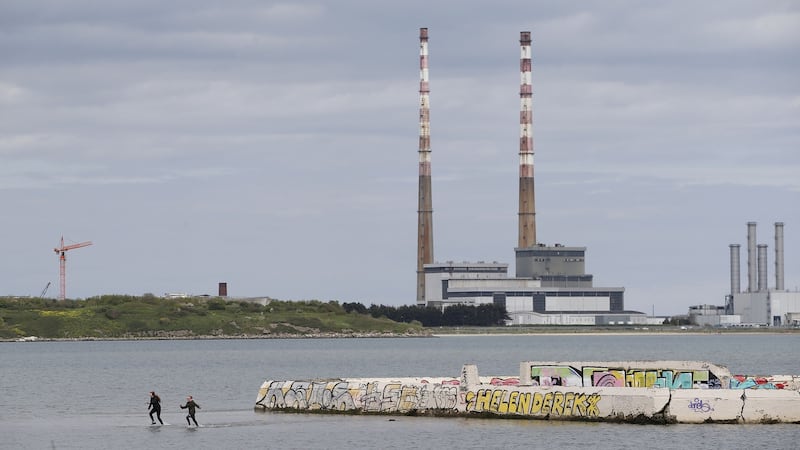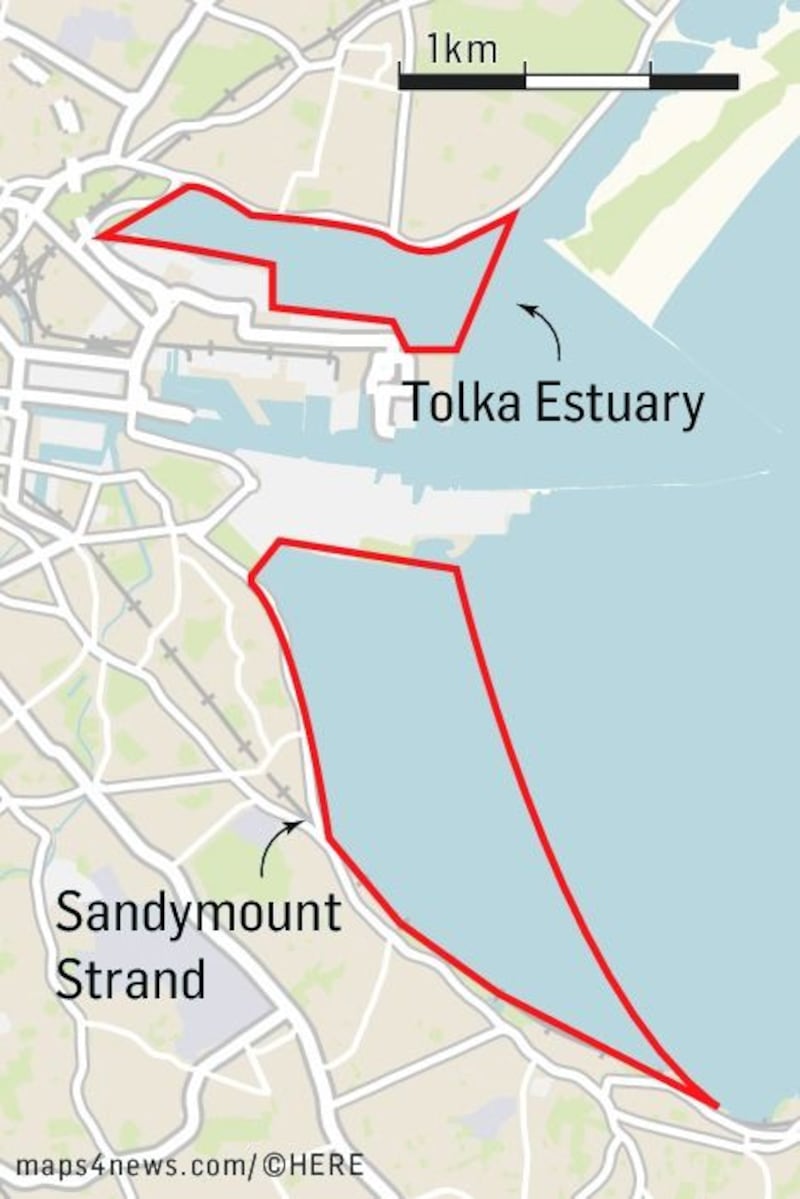Developer Harry Crosbie has proposed reclaiming land from the sea off the coast of Dublin to tackle the housing crisis.
Mr Crosbie said reclaiming land from the sea along the Clontarf Road would create homes for 65,000 people. The plan would require using Dutch technology and would cost around €200 million, taking 18 months to complete, he said.
"There would be 250 acres in that very roughly and each of those acres would be worth €25million shovel ready in today's prices," he told RTÉ's Marian Finucane show on Saturday. The plan would also involve rerouting the Tolka River.
Mr Crosbie acknowledged there were problems with the plan, including “huge environmental issues”.
“You have bird populations but there will have to be a compromise found at some time between birds and people. There will have to be,” he said.
Mr Crosbie said there would have to be a “one home per person” rule that wouldn’t allow landlords buy 10 or 12 properties to let them out.
He said the plan was “radical” and would affect the people of Clontarf “momentarily” but that it would make the area “a nicer place to live in over a period of 10 years”.
Mr Crosbie said it would need Government backing but that he hadn’t approached any senior Government figures yet.
“At some time, maybe not in my lifetime, this will happen,” he added.

He said the suggestion from David Browne, president of the Royal Institute of the Architects of Ireland to build on Sandymount Strand was "a bridge too far".
“I told them I don’t want to be involved in that. They shouldn’t have gone out to the public because it makes us look like nutters...the idea of filling it in is simply outrageous.”
The businessman said he “got caught right out in the open with my trousers down in the middle of building the Point Village”.
“The tide went out and my friends, the bankers, let me down,” he said. “The one piece of advice I would give to all young entrepreneurs out there is don’t play golf with your bank manager. He is not your friend.”
Mr Crosbie said he did a deal with Nama at the beginning of last year and currently has “three or four big projects just about ready to go”.
Earlier this month Mr Browne said building on Dublin’s Sandymount Strand and the Tolka Estuary could provide enough homes for 150,000 people.
A director of RKD Architects, he said the beach and estuary lands should be reclaimed from the sea for dense, sustainable apartment neighbourhoods, which would provide affordable homes over the next 50 years.

Land reclamation has successfully been used to address housing shortages in several northern European cities, Mr Browne said, and would allow Dublin to plan for its future housing needs through “compact urban expansion” close to the centre of the city.
There were, he conceded, environmental issues which would have to be addressed before any reclamation could be pursued, but these were not insurmountable and needed to be weighed against the environmental problems of sprawl.











